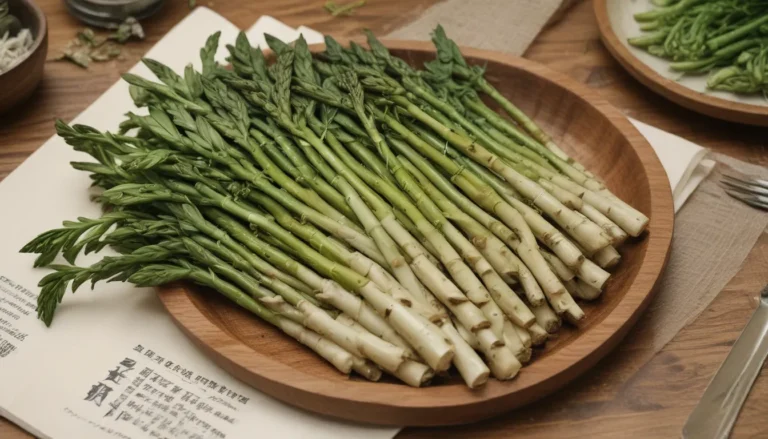Comprehensive Guide to Growing and Caring for Japanese Holly

Dealing with a challenging spot in your garden? We’ve all been there. Take it from me, I once made the mistake of removing a group of Japanese hollies from my patio for something with showier flowers, and I regretted it. Nothing I planted in that area thrived like the hollies did. Lesson learned.
If you’re looking to fill a difficult spot in your garden with a plant that will thrive despite less-than-ideal conditions, Japanese holly might be the answer. These evergreens are versatile, low-maintenance, and add year-round interest to your landscape.
Read on to learn all about growing and caring for Japanese holly. From cultivation to pruning, we’ve got you covered on how to ensure your hollies thrive in your garden.
What You’ll Learn
Here’s a sneak peek at what you can expect in this guide:
- Cultivation and History
- Propagation
- How to Grow
- Growing Tips
- Pruning and Maintenance
- Cultivars to Select
- Managing Pests and Disease
- Best Uses
- Quick Reference Growing Guide
Japanese hollies are not only beautiful, but they are also rarely affected by pests or diseases. That alone makes them a fantastic addition to any garden. Let’s dive in and explore all the wonderful attributes of these exceptional shrubs.
Cultivation and History
Native to Japan and parts of East Asia, Japanese holly thrives in moist woodland and mountain areas with full or partial sun. These plants prefer acidic soil but are tolerant of a range of soil conditions.
Japanese hollies are dioecious, meaning plants are either male or female. If you want berries, ensure you plant both sexes. Berries form in spring and contain shiny black seeds that ripen in the fall.
With over 500 cultivars, Japanese holly offers a variety of shapes, sizes, and colors to choose from. The species plant was introduced to the US in 1898 and has since become a garden favorite across the nation.
Propagation
Japanese hollies can be grown from seed, stem cuttings, or seedlings. While propagating from seed is less reliable, stem cuttings are quick and easy to root.
- From Seed: Seeds must be cold stratified before planting in spring or fall. Ensure you plant both sexes for fertile seeds.
- From Cuttings: Take six-inch stem cuttings in late summer, dip them in rooting hormone, and plant in a potting medium.
- From Seedlings and Transplanting: Purchase seedlings or transplant container-grown hollies for quick results.
How to Grow Japanese Holly Shrubs
Japanese hollies grow best in well-draining soil with moderate moisture. Fertilize with a balanced or acid-loving fertilizer in early spring and prune in late winter or early spring as needed.
- Growing Tips:
- Plant in full sun or partial shade.
- Work compost into the soil for improved drainage.
- Keep soil moist as plants establish.
- Fertilize once in early spring.
Pruning and Maintenance
Japanese holly is a slow-growing shrub that requires minimal pruning. While regular shaping is optional, heavy pruning can be done to create topiaries or unique shapes.
- Pruning Tips:
- Prune in late winter or early spring.
- Experiment with different pruning styles (tamamono, karikomi).
- For rejuvenation, cut back to a foot above the ground.
Cultivars to Select
Japanese hollies offer a wide range of cultivars suited for various landscape needs. Choose from compact, mounded, or columnar cultivars to create your desired effect in the garden.
- Popular Cultivars:
- Compacta: Mounded shape, stays under five feet.
- Sky Pencil: Columnar growth, ideal for hedges or entrance plantings.
- Hoogendorn: Groundcover variety, three feet wide, weed-resistant.
Managing Pests and Disease
Japanese hollies are generally pest and disease-resistant, making them an excellent low-maintenance option for your garden. While spider mites can occasionally be a nuisance, they can be controlled with insecticidal soap.
- Pest Management:
- Introduce predatory insects.
-
Use insecticidal soap for mite control.
-
Disease Control:
- Watch for black root rot or Phytophthora root rot.
- Avoid planting in areas prone to root rot.
Best Uses for Japanese Holly Bushes
Japanese holly is a versatile shrub suitable for screens, mass plantings, or topiaries. Plant based on the desired habit of each cultivar for best results.
- Common Uses:
- Groundcover
- Mixed beds
- Foundations or fences
- Bonsai specimens
Quick Reference Growing Guide
Here’s a handy reference guide to help you grow healthy Japanese hollies in your garden:
- Plant Type: Woody evergreen shrub
- Height: Up to 15 feet
- Spread: Up to 10 feet
- Hardiness (USDA Zone): 5-9
- Exposure: Full sun to part shade
- Soil Type: Loose, loamy
- Soil pH: 4.5-6.5
- Water Needs: Moderate
- Maintenance: Low
- Attracts: Bees, birds
Japanese hollies are fuss-free, beautiful shrubs that can thrive in various conditions, making them an excellent addition to any garden. Whether you need a reliable background plant or a stunning topiary, Japanese hollies can do it all.
Which cultivar will you choose for your garden? Share your thoughts in the comments below and let’s spread the Japanese holly love together!





